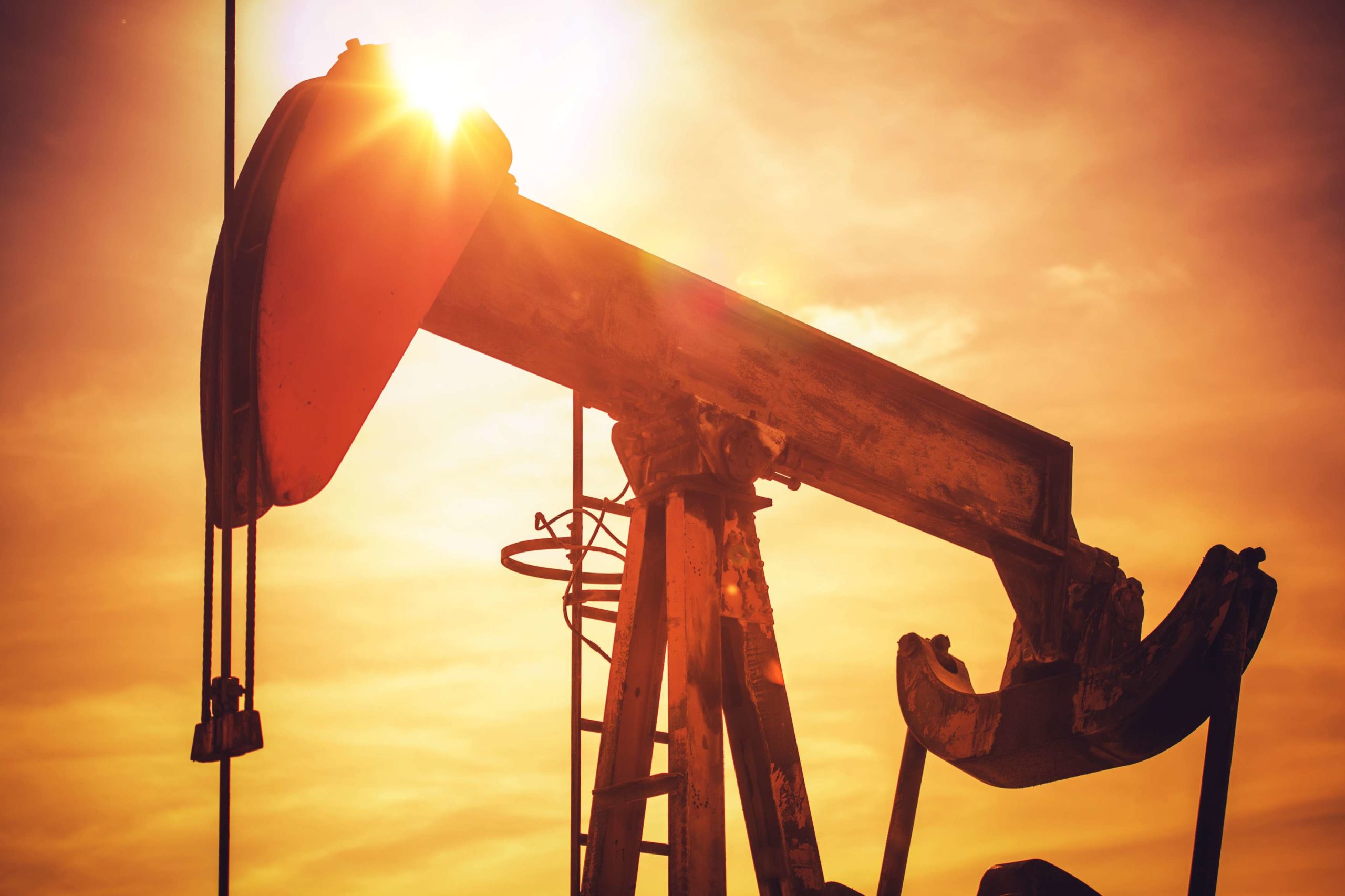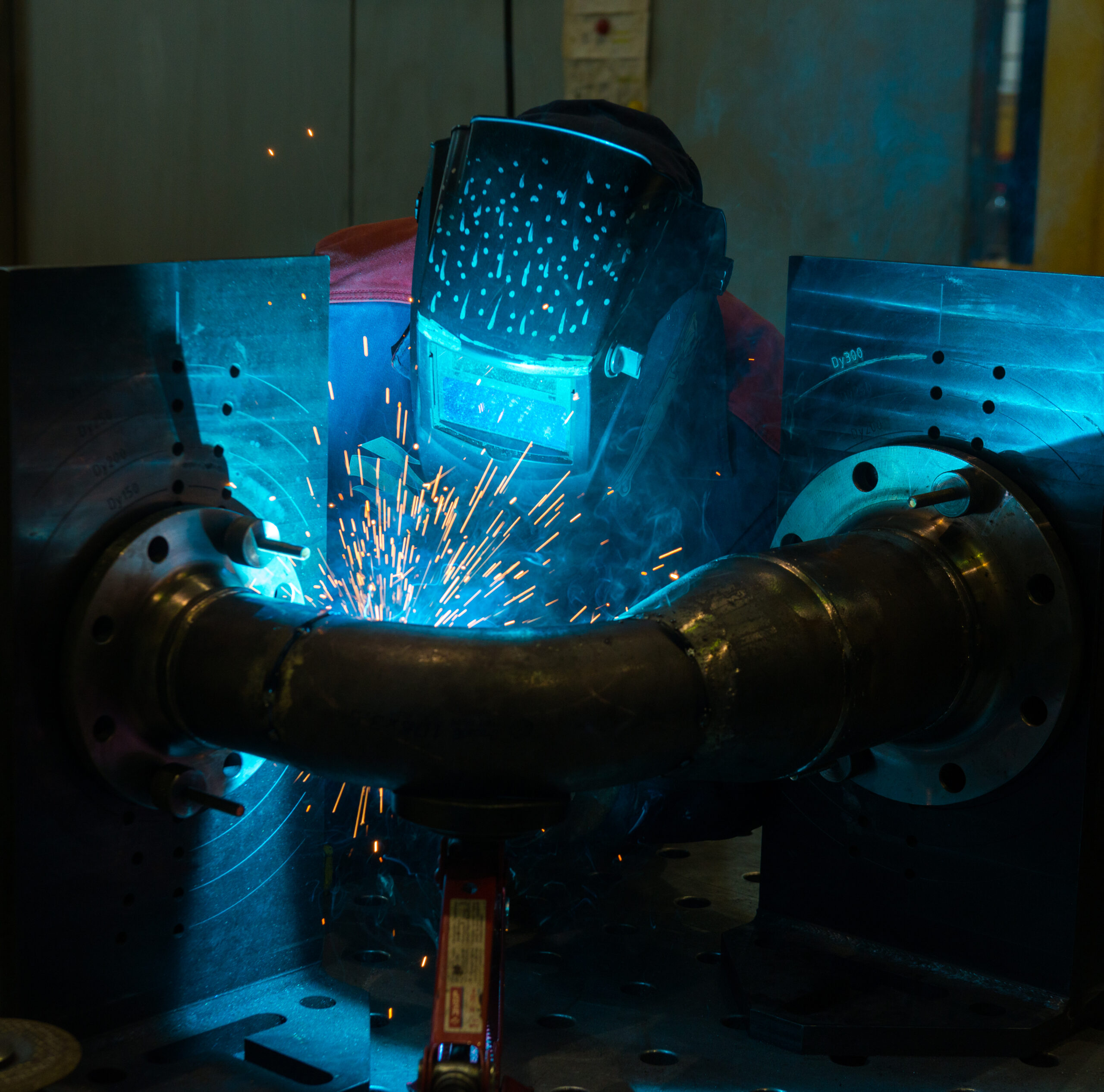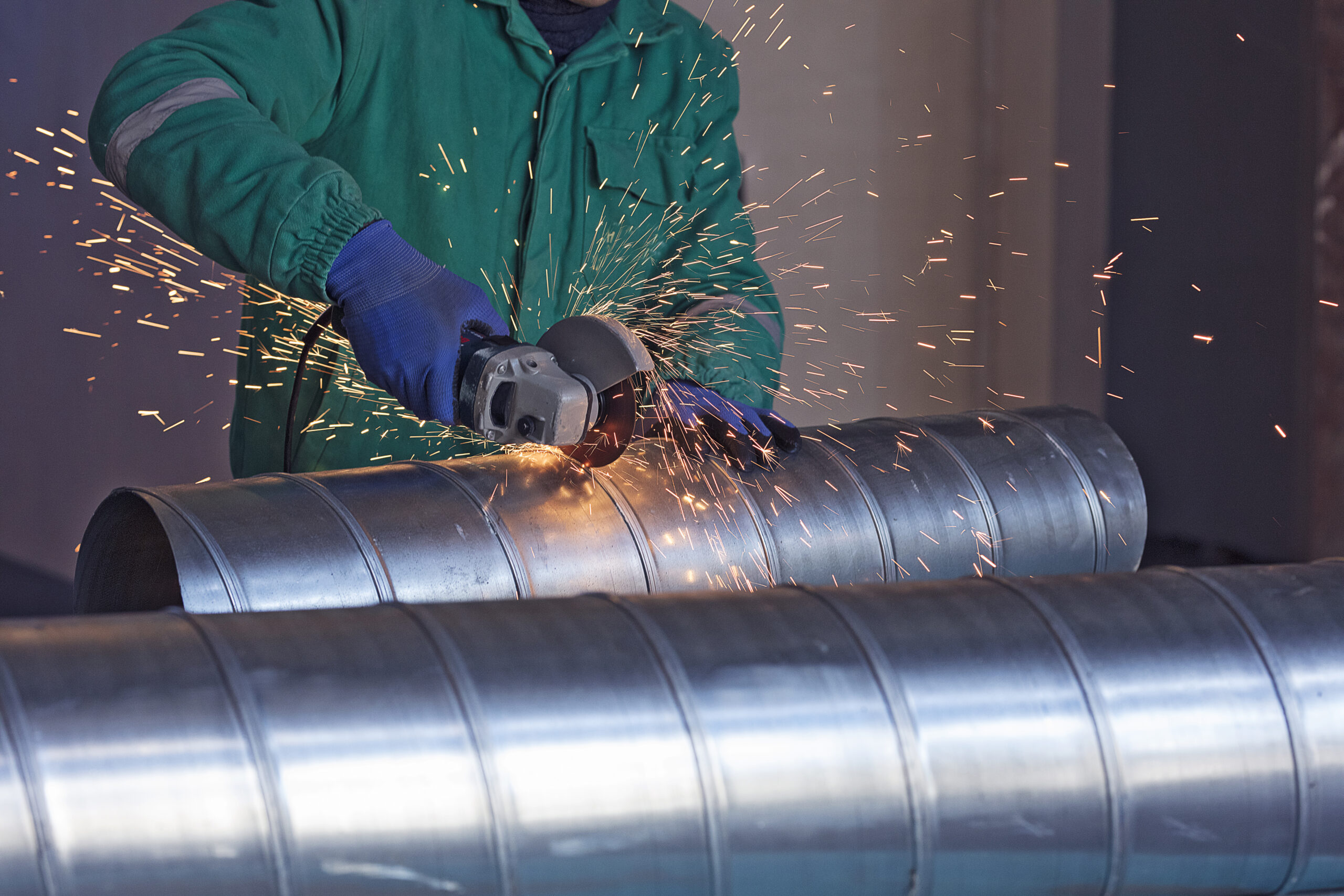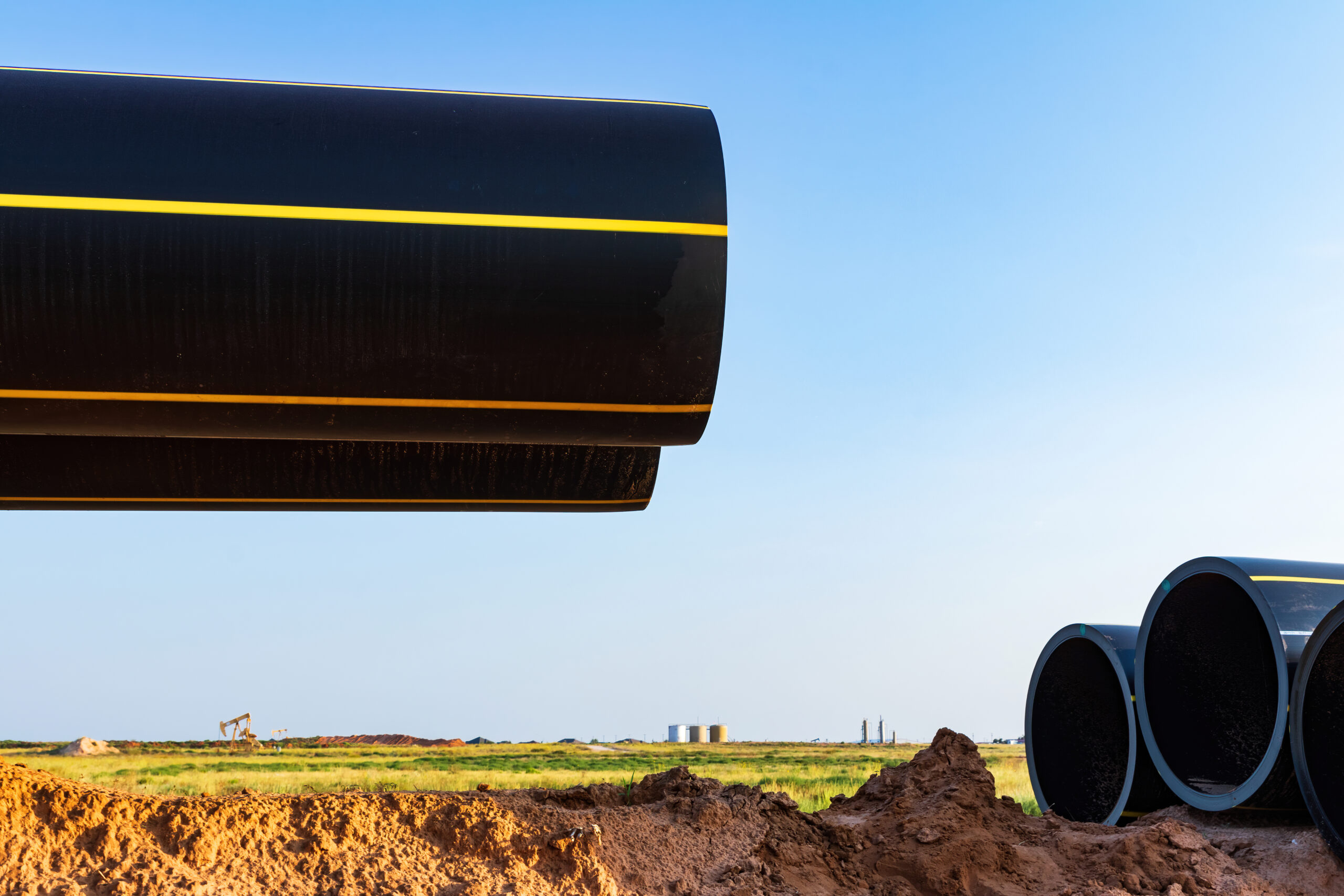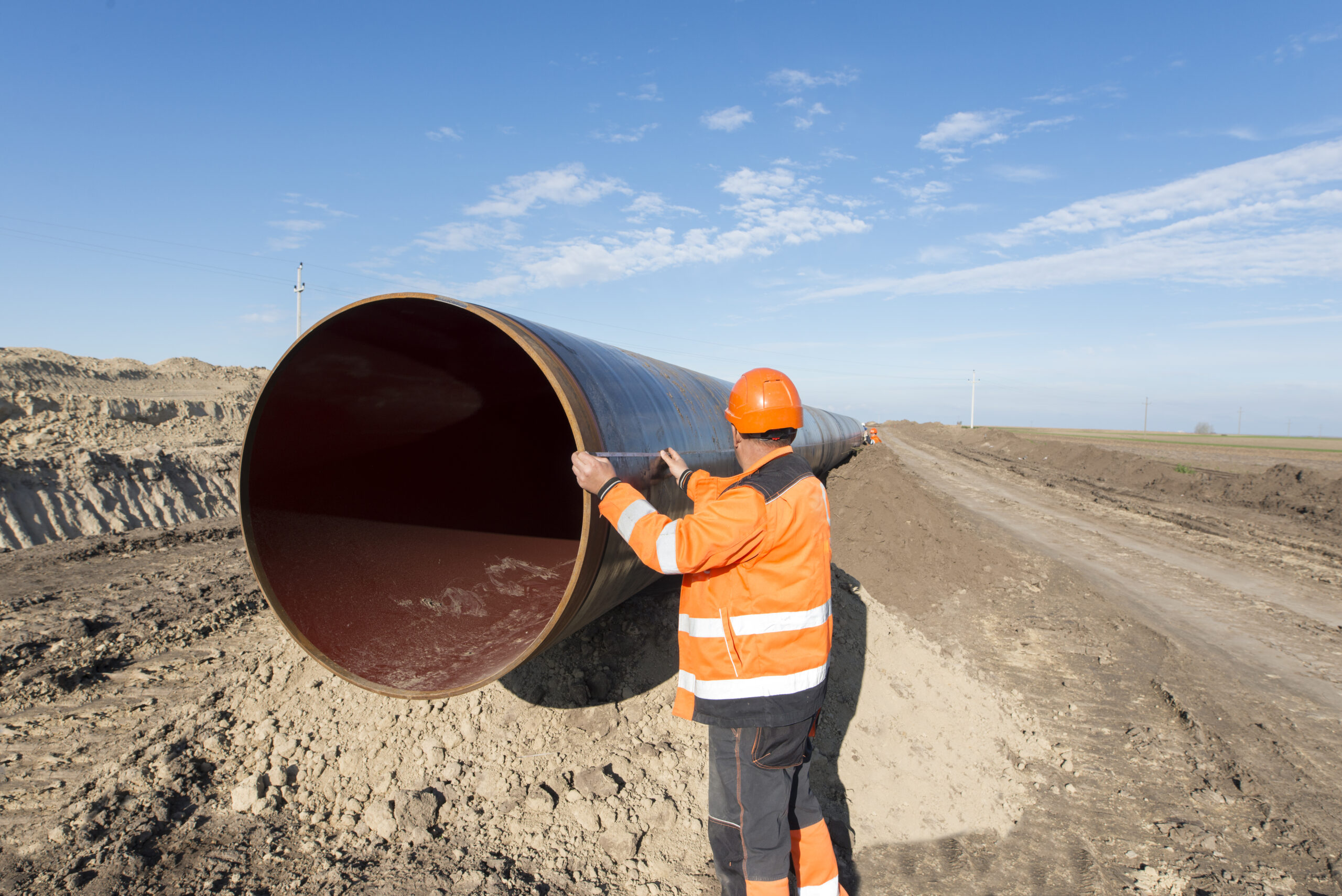In this article, we are going to conduct an oil and gas industry overview to give investors and stakeholders insights.
Considered as the fundamental cornerstone of the economy worldwide, the extraction oil and gas industry is gigantic in terms of its dollar value. The sector is involved with the production and transportation of about 100 million barrels of crude oil each day globally. Despite the recent availability of renewable energy sources, the demand for oil reserves will continue to increase.
The products that are highly sought after in this field are fuel oil and gasoline (petrol). Deep below the earth, oil and gas are formed from the decomposed material of dead animals and plants. This organic material forms under the growing pressure of sand and sediments over millions of years.
Now, let us take a look at some oil and gas industry basics. This guide will give you a snapshot of how things work in this sector.
Oil and Gast Sectors
The oil and gas industry is broken down into three main parts. Each part has its own integral importance in bringing the final product to the market. The three sectors are mentioned below.
1. Upstream
The upstream segment of the oil and gas industry is related to exploration and production. Upstream companies carry out geological surveys underground and underwater to locate mineral reservoirs.
Back in the day, oil explorers had to look for natural signs of reservoirs such as the seeping of oil. Nowadays, more sophisticated methods are used such as subsoil examination and seismic imaging. For each oil mining site, dozens of oil companies compete for the right of oil extraction. Generally, the company that discovers the extraction site is granted the right of ownership by the government.
2. Midstream
The Midstream industry is responsible for the transportation and storage of oil and gas. After extraction, oil has to be transported to a refinery. In most cases, oil refineries are located in locations far away from the extraction point. From pumping stations to tank trucks, there are multiple components of the midstream sector.
3. Downstream
The downstream sector deals with the refinement of oil and gas extracted during the upstream phase. Downstream companies are not responsible for oil refinement but they also look over the marketing and distribution of various industry-related finished products. Some of these products include jet fuel, asphalt, heating oil, and kerosene.
Demanding Environments
The petroleum industry operates under extreme climate conditions where the wear and tear effects of machinery are high. With the increasing demand for oil, companies are forced to operate in remote areas with hostile environments. Because of this, pipeline infrastructure involved in oil transportation is at great risk.
For offshore oil sites, high-pressure pipelines are installed that pump out the deposits lying deep in the ground. Due to such external conditions, pipeline corrosion is very common. Fortunately, there is an inner pipe lining solution FlexSleeve that can increase pipe lifespan.
Pipe Systems Used in Oil and Gas Industries
The selection of pipelines in the oil and gas industry is based on various factors such as the level of filtration of the substance, external climate conditions, type of terrain of the extraction site, and quantity of the substance. The pipes should be able to withstand solidified conditions, as a change in temperature can affect the entire supply chain.
The three main types of pipes used are as follows.
1. Seamless Pipe
As their name suggests, seamless pipes are manufactured without any seam welds. These tubular bodies are formed by heating and perforating steel billets. They are made out of solid blocks of steel, which leaves no loopholes in the entire structure. Due to this, these pipes also have more uniform and precise dimensions than other pipe systems.
Seamless pipes are mostly made out of carbon steel such as A53 and A333. Carbon steel pipes can withstand extremely high and low temperatures without any major wear and tear effects. For areas where the temperature and pressure are extreme, stainless steel pipes are used. Even if the transported fluid is aggressive, stainless steel structures can retain their shapes. To ensure minimum leakage, high-quality steel pipe joints such as the Joint Lock Ring can be used.
One of the drawbacks of these pipes is their higher cost per ton price compared to other pipe types in the market. The internal pipe repair of these tubular systems can also be costly.
Seamless pipes are used in almost all the phases of the oil and gas production and transportation sector. Some of their uses include:
- Upstream: For onshore and offshore oil and gas exploration operations, the seamless pipe system is used in the form of OCTG pipes.
- Midstream: In the midstream sector, seamless piping systems are used for the transmission of oil and gas fluids.
- Downstream: Used to process the final finished oil product for refinement.
2. ERW Pipe (Electric Resistance Welding)
An ERW steel pipe is made from steel coils. First, the coils are uncoiled and polished to give them a smooth shape. After that, coils are transformed into the shape of pipes by aligning their two edges electrically.
These pipes come in different sizes ranging from 1/2 to 20 inches and are available in materials of carbon steel and stainless steel. Because of their performance and affordability, ERW pipes have become a sustainable alternative to costly seamless pipes. Modern welding techniques, such as HFI and HFW, have made ERW pipes as much effective as their seamless counterparts. But they are mostly applied in areas where the temperature and pressure are not extreme. ERW pipes can still not match the mechanical strength of one-piece seamless pipes.
3. LSAW Pipe (Longitudinal Submerged Arc Welding)
LSAW pipes are made by cutting, bending, and welding steel plates. These piping structures come in maximum size ranges, typically ranging from 16 inches to 24 inches. Once the requirement exceeds 24 inches, there is no other piping structure other than the LSAW pipe. The large diameter of these pipes makes them perfect to transport oil and gas over a long distance.
Conclusion
The global dependence on oil and gas will keep on increasing with the passage of time. Therefore, having basic information about this industry is essential, especially if you are an investor or stakeholder.
We hope by reading this oil and gas industry overview, you were able to get some insights into the ins and outs of this field.

